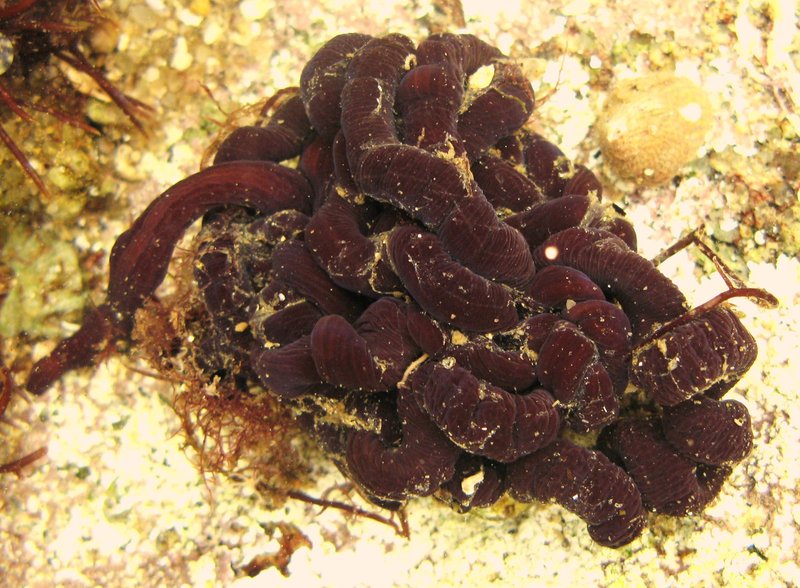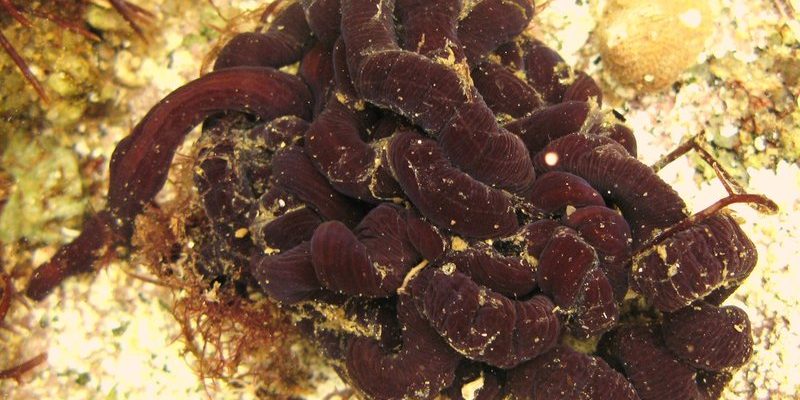
Bootlace worms are fascinating creatures that can be found in damp, dark environments where the soil is rich and teeming with life. They’re a perfect example of how interconnected our ecosystem is; when we work to restore habitats, we’re not just helping the big, noticeable animals but also the unique critters lurking beneath the surface. So, let’s dig a little deeper into how habitat restoration impacts these slippery wonders and why it matters.
What Are Bootlace Worms?
Bootlace worms, formally known as *Lineus longissimus*, are some of the longest creatures in the animal kingdom; they can reach lengths of up to 30 meters or more! You might think, “Wait, a worm that long?” It’s true! These fascinating marine worms can be quite the spectacle when they wiggle through mud or sand in their quest for food. Despite their impressive length, they’re often mistaken for sea snakes due to their elongated shape.
But what really sets bootlace worms apart is their lifestyle. They live buried in the substrate of the ocean floor, where they feed on tiny organisms and organic matter. They thrive in environments rich in nutrients, which is why healthy habitats are so vital for their survival. When habitats are damaged or altered, it can disrupt their food supply and overall well-being.
The Importance of Habitat Restoration
Habitat restoration is like giving Mother Nature a helping hand. Imagine if you had a garden that was overrun with weeds and trash. You’d need to clear it up, plant new seeds, and take care of the soil for things to grow back to their former glory. Habitat restoration works on a similar principle. It involves restoring ecosystems to their original state, allowing flora and fauna to thrive once again.
Why does this matter? Well, healthy habitats can support diverse wildlife, combat climate change, and even improve our air and water quality. For the bootlace worm, restored coastal and marine habitats mean a better food supply, cleaner environments, and ultimately, a higher chance of survival. It’s all about creating balance and helping nature find its footing again.
How Habitat Destruction Affects Bootlace Worms
When you think about habitat destruction, consider how it can feel like a heavy storm that uproots everything in its path. Overfishing, pollution, and climate change can lead to the degradation of marine environments where bootlace worms thrive. This can result in loss of food sources and suitable living conditions.
For instance, when water becomes polluted, the worms can’t access their food as easily, or worse, they may face toxins that harm their health. Furthermore, the destruction of ocean habitats can lead to a decrease in the biodiversity that supports the entire ecosystem. Without a balanced habitat, even the simplest creatures like bootlace worms can be significantly affected.
The Role of Community in Restoration Efforts
Restoring habitats isn’t a one-person job—it takes a community. Local organizations, volunteers, and scientists often team up to tackle the task. They might organize clean-up days where people come together to remove trash from beaches or plant native vegetation that helps stabilize the ecosystem.
You might be wondering, “What can I do to help?” Well, every little bit counts! Even if you live far from the coast, spreading awareness about the importance of restoration can make a big difference. Engaging in local conservation efforts or reducing pollution in your own life contributes to healthier environments for species like bootlace worms.
Case Studies: Successful Restoration Projects
There are numerous inspiring examples of successful habitat restoration projects around the world. One notable project took place in the *Hudson River Estuary* in New York. After years of industrial pollution, community efforts to clean and restore the area led to a comeback of various species, including fish and invertebrates, creating a thriving ecosystem that supports worms like the bootlace.
Similarly, in *Australia’s coastal areas*, initiatives aimed at restoring mangrove forests have shown significant success. These projects not only support biodiversity but also help combat coastal erosion, improving the overall health of marine habitats. Watching nature bounce back from such efforts is an incredible reminder of the power of restoration.
Future of Bootlace Worms in Restored Habitats
As we move forward, the future of bootlace worms in restored habitats looks optimistic. With proper care and community involvement, we can create vibrant ecosystems that support not only these unique worms but countless other species as well. By promoting sustainable practices and restoration, we ensure that our oceans remain diverse and resilient.
You might think, “Is it really worth the effort?” Absolutely! Restoring habitats not only helps bootlace worms but also enriches our planet and improves our quality of life. It’s a win-win situation that benefits everyone.
Every small step we take towards habitat restoration has a ripple effect on the ecosystem. Bootlace worms serve as a reminder of the unseen wonders in our environment, urging us to protect and restore what we can.
Whether it’s participating in local clean-up efforts, supporting marine conservation organizations, or simply educating ourselves and others about these fascinating creatures, every action matters. Together, we have the power to make a difference and help our ecosystems thrive. So, let’s roll up our sleeves and start restoring those habitats—our bootlace worms are counting on us!

